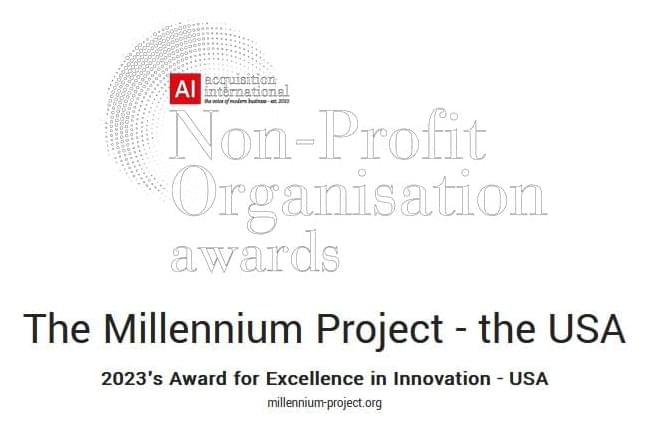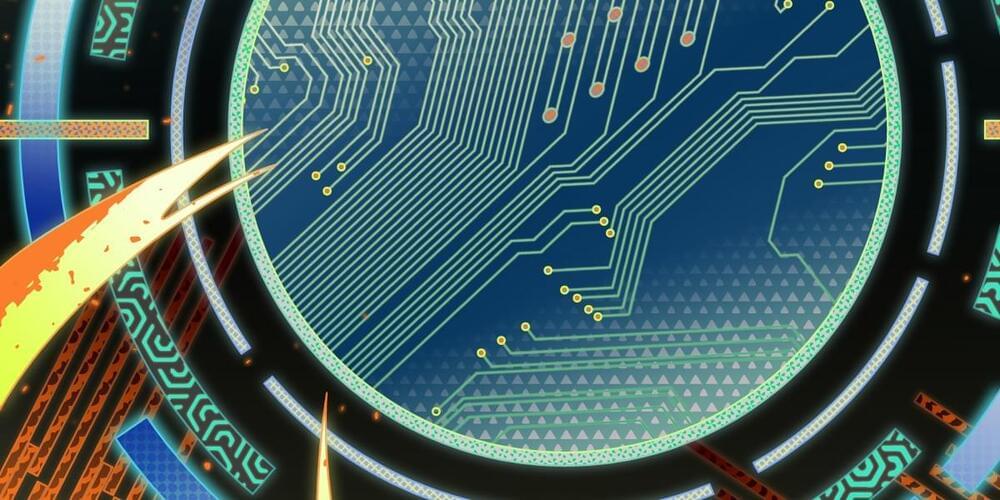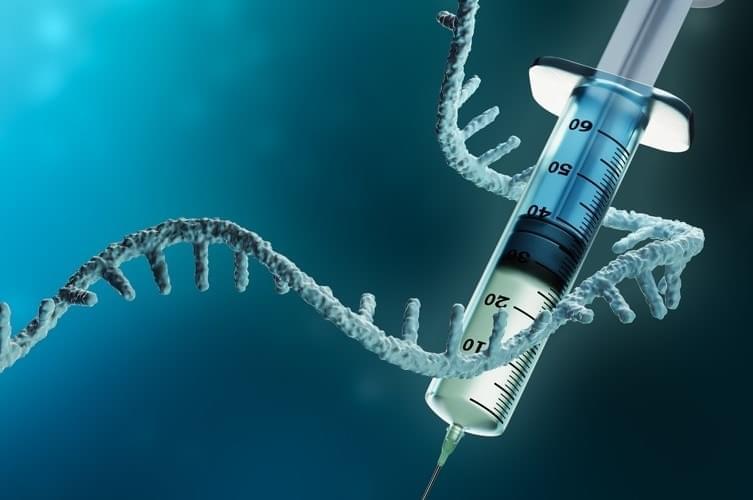Posted In: NewsTop StoriesMediaElon Musk



The winners of the Non-Profit Organisation Awards 2023 by Acquisition International have just been announced and The Millennium Project has been awarded for Excellence in Innovation – USA!
The Non-Profit Organisation Awards aim to reward Non-profit organizations that globaly that play a monumental role in solving some of our biggest global challenges. The awards reward commitment, innovation, and determination of the best NPOs from across the world by selecting the most innovative, creative and compassionate NPOs, and provide a platform for NPOs to demonstrate that they are a true leader within the non-profit sphere.
The approach for nominations includes gathering and evaluating the nominees, research and judging on various criteria, including client dedication, innovation, business growth, longevity, online reputation, client feedback and business performance, and announcement of the winners.



You may have stumbled across the Flipper Zero hacking device that’s been doing the rounds. The company, which started in Russia in 2020, left the country at the start of the war and moved on since then. It claims it no longer has ties to Russia and that it is on track to sell $80 million worth of its products this year after selling almost $5 million worth as Kickstarter preorders — and it claims it sold $25 million worth of the devices last year.
So what are they selling? Flipper Zero is a “portable gamified multi-tool” aimed at everyone with an interest in cybersecurity, whether as a penetration tester, curious nerd or student — or with more nefarious purposes. The tool includes a bunch of ways to manipulate the world around you, including wireless devices (think garage openers), RFID card systems, remote keyless systems, key fobs, entry to barriers, etc. Basically, you can program it to emulate a bunch of different lock systems.
The system really works, too — I’m not much of a hacker, but I’ve been able to open garages, activate elevators and open other locking systems that should be way beyond my hacking skill level. On the one hand, it’s an interesting toy to experiment with, which highlights how insecure much of the world around us actually is. On the other hand, I’m curious if it’s a great idea to have 300,000+ hacking devices out in the wild that make it easy to capture car key signals and gate openers and then use them to open said apertures (including Tesla charge ports, for some bizarre reason).
A research team at the University of Tokyo is exploring the advancement of wearable robotics. Jizai Arms is a system of supernumerary robotic limbs. Up to six of these arms can be worn and controlled by the user. The limbs allow the wearer to attach, detach, replace or edit the arms. This was designed to enable social interaction between wearers to support human beings acting with robots and AIs while maintaining a sense of self-awareness and widening the possibility of human actions.
Mashable is your source for the latest in tech, culture, and entertainment.
Follow us:
Check out https://mashable.com/
Facebook: https://www.facebook.com/mashable.
Twitter: https://twitter.com/mashable.
Instagram: https://www.instagram.com/mashable
Part 10 a series of articles describing the elements of Lawrence Livermore National Laboratory’s fusion breakthrough.
For hundreds of Lawrence Livermore National Laboratory (LLNL) scientists on the design, experimental, and modeling and simulation teams behind inertial confinement fusion (ICF) experiments at the National Ignition Facility (NIF), the results of the now-famous Dec. 5, 2022, ignition shot didn’t come as a complete surprise.
The “crystal ball” that gave them increased pre-shot confidence in a breakthrough involved a combination of detailed high-performance computing (HPC) design and a suite of methods combining physics-based simulation with machine learning. LLNL calls this “cognitive simulation,” or CogSim.
The first gene therapy that can treat Duchenne muscular dystrophy (DMD) has been approved by the U.S. Food and Drug Administration; it will be marketed as Elevidys (delandistrogene moxeparvovec-rokl) by Sarepta Therapeutics Inc. Children aged four to five with the disorder and confirmed gene mutations will be eligible to receive the one-time treatment if insurers approve, as the cost is $3.2 million per patient.
DMD is caused by mutations in a gene called dystrophin, which results in a serious lack of functional dystrophin protein. The gene therapy works by sending a gene that can produce a shortened version of the dystrophin protein to patients; the company has termed it Elevidys micro-dystrophin.
